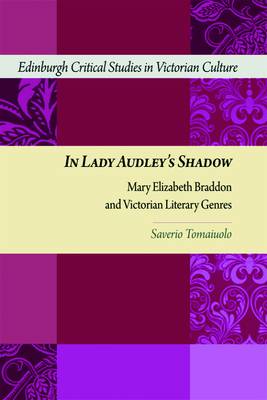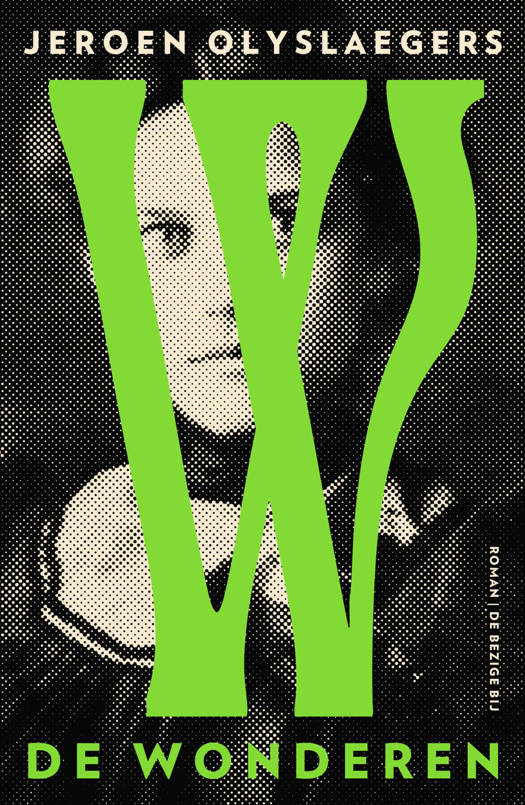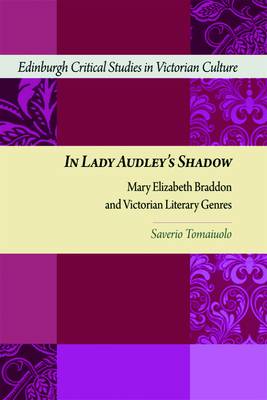
- Afhalen na 1 uur in een winkel met voorraad
- Gratis thuislevering in België vanaf € 30
- Ruim aanbod met 7 miljoen producten
- Afhalen na 1 uur in een winkel met voorraad
- Gratis thuislevering in België vanaf € 30
- Ruim aanbod met 7 miljoen producten
Zoeken
€ 140,95
+ 281 punten
Omschrijving
This book is devoted to Mary Elizabeth Braddon's complex relationship with the three main Victorian literary genres: the Gothic, the Detective and the Realist novel. Using Braddon's bestselling sensation fiction Lady Audley's Secret as a paradigmatic novel and as a 'haunting' textual presence across her literary career, this study provides a fertile critical reading of a wide range of Braddon's novels and short stories. Through an analysis of Braddon's negotiations with Victorian narrative, ideological and cultural issues, this monograph offers readers a refreshing view of gender, female identity and subjectivity, the treatment of insanity, questions related to technology and progress, the impact of evolutionism and Darwinism, the intersemiotic dialogue between pictorial art and novel-writing, the role of the (female) writer in the new literary market and the changing notion of capital in an increasingly fluid social context. Braddon's manipulation of Victorian literary codes and conventions proves that she was something more than a mere sensation writer and that her primary role in the nineteenth-century literary scene has to be reaffirmed. Drawing on a wide range of textual materials and literary sources, the book foregrounds Braddon's constant and sometimes ambivalent dialogue with her times, and with ours as well.
Specificaties
Betrokkenen
- Auteur(s):
- Uitgeverij:
Inhoud
- Aantal bladzijden:
- 232
- Taal:
- Engels
- Reeks:
Eigenschappen
- Productcode (EAN):
- 9780748641154
- Verschijningsdatum:
- 5/10/2010
- Uitvoering:
- Hardcover
- Formaat:
- Genaaid
- Afmetingen:
- 160 mm x 236 mm
- Gewicht:
- 861 g

Alleen bij Standaard Boekhandel
+ 281 punten op je klantenkaart van Standaard Boekhandel
Beoordelingen
We publiceren alleen reviews die voldoen aan de voorwaarden voor reviews. Bekijk onze voorwaarden voor reviews.








